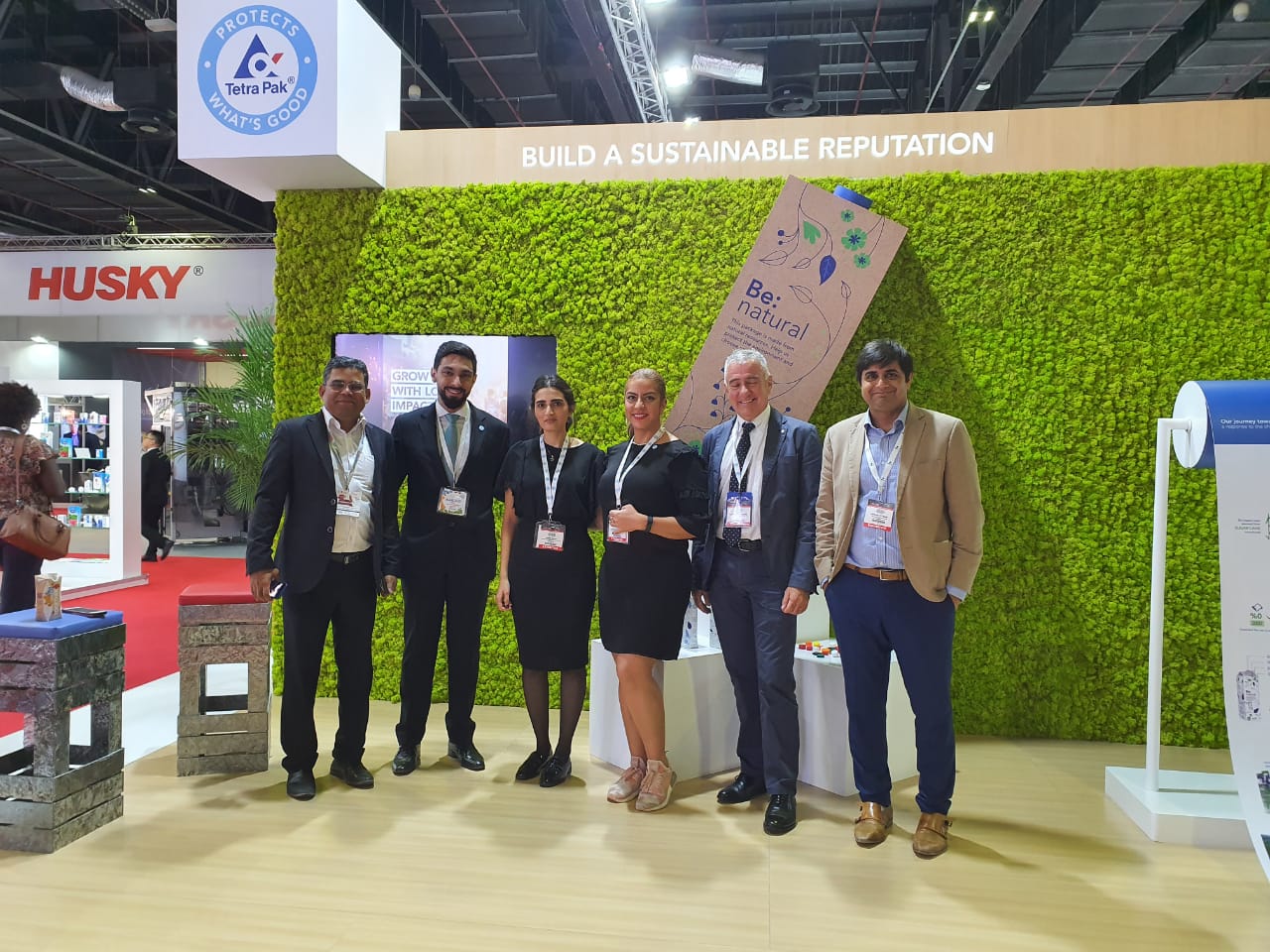
Tetra Pak Sustainability Director Rodney Reynders tells Packaging MEA’s Ben Daniel and Vikram Fotedar how the world leader aims to be entirely sustainable while maintaining impeccable food safety standards.
In 2018, Tetra Pak started restructuring its packaging portfolio with a vision to create the ideal beverage carton. The aim is to deliver a package that contributes to a low-carbon and ultimately climate-neutral circular economy; that is, a package made entirely from renewable and/or recycled materials that is itself fully recyclable, without compromising on safety requirements.
Packaging MEA spoke with Tetra Pak Sustainability Director Rodney Reynders to find out more.
“Tetra Pak has been on a sustainability journey for many years,” says Mr Reynders. “Our founder said many years ago that packaging should save more than it costs.
And Tetra Pak is offering more than just slogans. Customers and consumers can see for themselves the work that has already been done, and that which is in progress.
“As our customers go through our portfolio, they can see the latest packaging innovations,” says Mr Reynders. “Our focus is on recycling. We have invested over $1 million in a recycling with a view to recycling on a large scale in the [MEA] region from Q1 in 2020.
“This year, we will take our customers on a sustainability journey, starting with the way we source our raw materials. We focus on the use of renewable materials, for our customers to see that all our paper boards are FAC-certified. We are also moving towards plant-based closures/caps, and some of the polyethylene that we are using in our packaging is derived from sugarcane.
“Our customers will also see the way our factories are moving towards using renewable energy. Currently we are operating on 50% renewable energy throughout our 36 plants globally, and by 2030 all our factories will be on renewable energy.”
Under Tetra Pak’s vision, recycling means not only reusing, but also creating a commodity from waste.
“Step one is to really have a demand for your waste product,” says Mr Reynders. “We see our cartons not as waste but as a valuable resource. The fibre we can generate from our cartons can be used to make paper.
“We have started collecting car- tons and so far we have collected over 1,800 tonnes of used beverage cartons before we have even started recycling. We are promoting a culture of recycling so consumers can put packaging waste in collection programmes. Hopefully one day we [in the Middle East] will be as good as Europe in terms of recycling.”
Cartons are all well and good, and paper is firmly established as both an entirely recyclable product and a product that can be made entirely from recycled material. But what about aluminium, a staple in Tetra Pak’s production lines?
Mr Reynders points out there are recyclable options with this material, too, but issues a reminder that aluminium has a role in sustainability, and is important when considering what is arguably the utmost priority for any producer of packaging for perishables – food safety.
“Aluminium is very important in retaining oxygen, and it is crucial to eliminate feed waste,” he explains, “yet we are doing tests with certain customers of non-foil products.
“The tests are going pretty well and we hope that by 2021-2022 we will have eliminated all aluminum from our products. In polyethylene and aluminium, we have solutions to recycle that as well. “But we won’t compromise on food safety, so we want to get this product right before launching it. We’d rather be more conservative and talk about things once we have done them. We have competitors, and they talk about what they want to do, whereas we talk about what we are doing and what we have done.”
Indeed, what Tetra Pak has done is corner the market for packaging food and drink since its inception in 1943 in Sweden. It is now the biggest company of its kind, in terms of worldwide sales, and Mr Reynders says it is standing by its flagship product, the carton.
“Our focus is on the carton,” he says. “The carton we fill has a better environment profile versus other types of packaging in the beverage industry.
“Many life cycle [of packaging] studies have been conducted globally. Due to the use of renewable materials, cartons generally have a lower carbon footprint than cans, plastic or glass.
“By 2030 our ambition is to have all our cartons made of renewable and/or recyclable content. But food safety remains our highest priority.”



